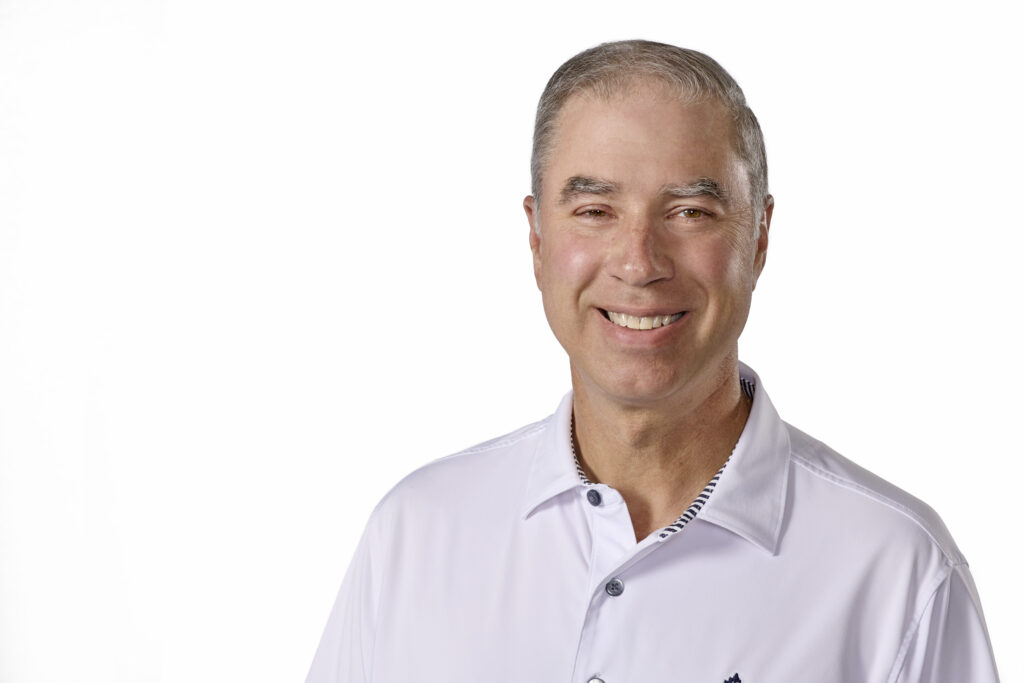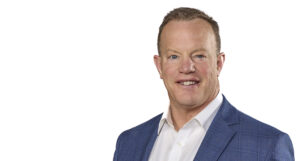The world is changing.
Quickly.
And that even includes the relatively consistent and stable world of trust administration and wealth management. Driven by demographics and technology, markets are shifting and channels are converging.
In this Q&A, Cheetah Managing Director John Watts looks ahead at 2024 and the trends that are driving change in trust and wealth management. Check it out to understand the response from the financial technology world and why Cheetah is uniquely prepared for the changing marketplace.
What do you see happening in trust and wealth management in 2024?
John: We are getting closer and closer to the Great Wealth Transfer. And, quite frankly, many wealth management professionals and institutions are taking too long to engage the generation that stands to inherit their clients’ wealth.
If you wait until your client is 91 or 92 and in failing health before you begin a relationship with their adult children, then you’ve waited too long.
But won’t most beneficiaries just take the money to their own advisor or manager anyway?
John: Those that have one might. But not everybody has someone managing their wealth already, especially younger beneficiaries. Some studies have suggested that only 35 percent of American adults work with a financial professional. So, as this transition happens, there is a real opportunity to engage new clients who need services.
But the competition is going to be fierce. Everyone who is growth-oriented has their eye on that transfer. The result is that walls are breaking down, and different channels within the overall financial services market are converging.
What do you mean when you talk about convergence?
John: Take registered investment advisors, for example. They want to move upstream in the market. They want to go where the money is. And more and more money, especially as high-net-worth individuals age, will be moving into trusts. They can’t currently provide those services. They’re afraid if they introduce a client to a bank’s trust department they will lose that entire account. So, RIAs are starting to develop or attain trust powers. Furthermore, the traditional trust providers are starting to hire and buy registered investment advisors.
I can see why the RIA needs to be more like the bank/trust right now, but why does the bank/trust need to be more like the RIA?
John: Expectations are changing, and many of today’s consumers have more complex or sophisticated financial lives. People want both the security that a trust can offer with the alternatives and advantages that an RIA can offer. In the past, people managed investments within a trust in a way that was very programmatic, with a lot of funds. But they want flexibility now.
Additionally, the people moving into trust services from the investing world want to be able to offer their clients the same flexibility they offered as an RIA.
What does this mean for technology?
John: In the past, trust and investments were sort of binary choices. If your business was primarily trusts, you could get by with a good trust administration platform and an inferior investment platform.
That’s no longer the case. People who work in trust services need a single solution that is great at managing both trusts and investments.
That’s why we are continuing to develop investment capabilities with Cheetah. Simultaneously, we are improving Cheetah’s own capabilities while also partnering with AssetMark to provide a best-in-class investment management solution through an integration with Cheetah.
One single investment solution wouldn’t be able to serve all the different market segments of Cheetah users and potential users. Our own investment capabilities are great for a certain market segment, and what AssetMark does is great for another market segment. And in 2024, you will be able to choose from the two options.
Why is Cheetah better prepared for these two big trends, the wealth transfer and the market convergence, than legacy software providers?
John: They tend to have older, cash-cow solutions that they are milking to death. They aren’t investing back in their product at the same rate as we are and they aren’t delivering much new value for their clients. They’re just allowing their products and their clients to fall behind.
For example, it’s difficult to integrate legacy technology with other best-in-class providers like we have done with AssetMark. There are ways you can kick the can down the road, but those strategies are not true integrations, and they create potential problems. Kicking the can down the road just isn’t sustainable for clients.
To get to where we are, they’d have to discontinue their existing product and start building from scratch. We already did that 10 years ago when we launched Cheetah. So, we literally have a decade head start on them in terms of innovation.




